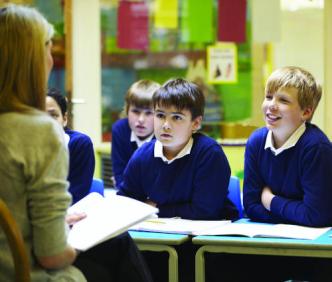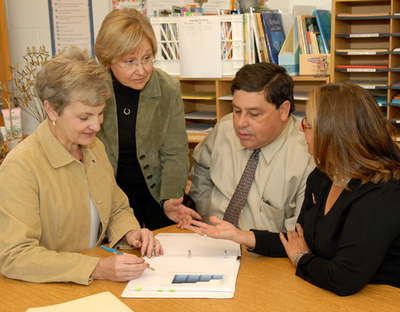The government of England recently announced an investment of £1 billion to provide tutoring and other services to help the many students whose educational progress has been interrupted by Covid-19 school closures. This is the equivalent of $1.24 billion, and adjusting for the difference in populations, it is like a U.S. investment of $7.44 billion, even larger than the equivalent of the similar Dutch investment recently announced.
Both England and the Netherlands have Covid-19 disease and death rates like those of the U.S., and all three countries are unsure of when schools might open in the fall, and whether they will open fully or partially when they do. All three countries have made extensive use of online learning to help students keep up with core content. However, participation rates in online learning have been low, especially for disadvantaged students, who often lack access to equipment and assistance at home. For this reason, education leaders in all of these countries are very concerned that academic achievement will be greatly harmed, and that gaps between middle class and disadvantaged students will grow. The difference is that Dutch and English schools are taking resolute action to remedy this problem, primarily by providing one-to-one and one-to-small group tutoring nationwide. The U.S. has not yet done this, except for an initiative in Tennessee.
 The English initiative has two distinct parts. £650 million will go directly to schools, with an expectation that they will spend most of it on one-to-four tutoring to students who most need it. The schools will mostly use the money to hire and train tutors, mainly student teachers and teaching assistants.
The English initiative has two distinct parts. £650 million will go directly to schools, with an expectation that they will spend most of it on one-to-four tutoring to students who most need it. The schools will mostly use the money to hire and train tutors, mainly student teachers and teaching assistants.
The remaining £350 million will go to fund an initiative led by the Education Endowment Foundation. In this National Tutoring Programme (NTP), 75% of the cost of tutoring struggling students will be subsidized. The tutoring may be either one-to-one or one-to-small group, and will be provided by organizations with proven programs and proven capacity to deliver tutoring at scale in primary and secondary schools. EEF is also carrying out evaluations of promising tutoring programs in various parts of England.
What Do the English and Dutch Tutoring Initiatives Mean for the U.S.?
The English and Dutch tutoring initiatives serve as an example of what wealthy nations can do to combat the learning losses of their students in the Covid-19 emergency. By putting these programs in place now, these countries have allowed time to organize their ambitious plans for fall implementation, and to ensure that the money will be wisely spent. In particular, the English National Tutoring Programme has a strong emphasis on the use of tutoring programs with evidence of effectiveness. In fact, the £350 million NTP could turn out to be the largest pragmatic education investment ever made anywhere designed to put proven programs into widespread use, and if all goes well, this aspect of the NTP could have important implications for evidence-based reform more broadly.
The U.S. is only now beginning to seriously consider tutoring as a means of accelerating the learning of students whose learning progress has been harmed by school closures. There have been proposals to invest in tutoring in both houses of Congress, but these are not expected to pass. Unless our leaders embrace the idea of intensive services to help struggling students soon, schools will partially or fully open in the fall into a very serious crisis. The economy will be in recession and schools will be struggling just to keep qualified teachers in every classroom. The amount of loss in education levels will become apparent. Yet there will not be well-worked-out or well-funded means of enabling schools to remedy the severe losses sure to exist, especially for disadvantaged students. These losses could have long-term negative effects on students’ progress, as poor basic skills reduce students’ abilities to learn advanced content, and undermine their confidence and motivation. Tutoring or other solutions would still be effective if applied later next school year, but by then the problems will be even more difficult to solve.
Perhaps national or state governments or large private foundations could at least begin to pilot and evaluate tutoring programs capable of going to scale. This would be immediately beneficial to the students involved and would facilitate effective implementation and scale-up when government makes the needed resources available. But action is needed now. Gaps in achievement between middle class and disadvantaged students were already the most important problem in American education, and the problem has certainly worsened. This is the time to see that all students receive whatever it takes to get back on a track to success.
This blog was developed with support from Arnold Ventures. The views expressed here do not necessarily reflect those of Arnold Ventures.
Note: If you would like to subscribe to Robert Slavin’s weekly blogs, just send your email address to thebee@bestevidence.org.




